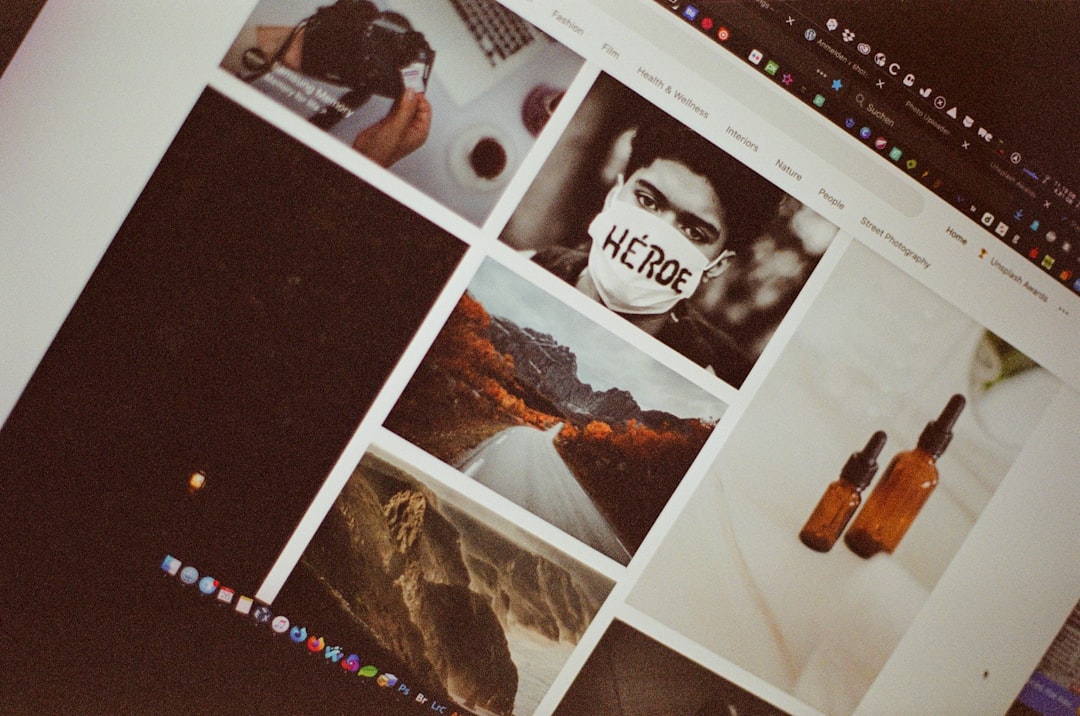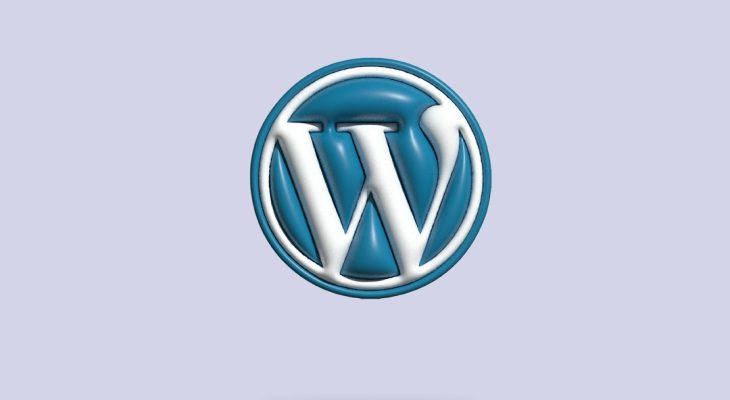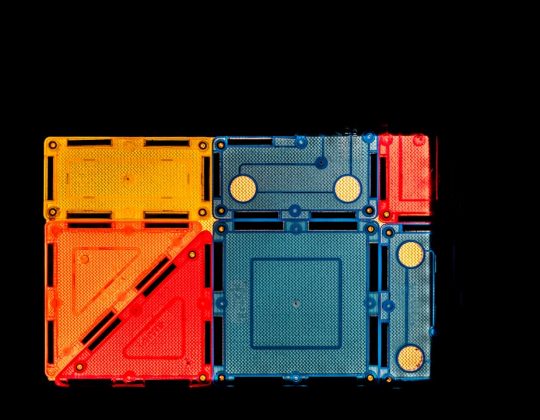As the web continues to evolve, so do the demands for faster loading times, improved user experiences, and better image optimization. Increasingly, developers and content creators are juggling various image formats like HEIC and WebP to strike a balance between quality, performance, and compatibility. One such trend is converting HEIC files—commonly used by Apple devices—into WebP images that are optimized for use on the web. This process not only increases page speed but also reduces server overhead and enhances SEO effectiveness.
What is HEIC and Why Is It Popular?
High Efficiency Image Coding, or HEIC, is a relatively new image format introduced by Apple in iOS 11 and macOS High Sierra. HEIC files use the HEIF (High Efficiency Image Format) container and compress images significantly better than traditional JPEG formats. The advantages include:
- Better compression, resulting in smaller files without sacrificing quality.
- Support for features like image sequences, transparency, and depth maps.
- Widespread use on Apple devices, making it a default image format for iPhones and iPads.
Despite these features, HEIC files are not yet universally supported, especially on web platforms and certain non-Apple environments. This limitation necessitates converting HEIC files to a more web-friendly format like WebP.
What is WebP and Why Use It on the Web?
WebP is an image format developed by Google that offers superior compression and image quality characteristics. It was specifically designed for web use, offering smaller file sizes compared to both JPEG and PNG formats.
Key benefits of using WebP include:
- Lossless and lossy compression capabilities.
- Transparency (alpha channel) and animation support.
- Widespread browser compatibility: Chrome, Firefox, Edge, and Opera all support it.
- Significant reduction in image payload size, leading to faster page loads and improved user experience.
Given its advantages, WebP has become increasingly popular among web developers and designers looking to improve site performance and mobile optimization.
The Importance of Image Optimization for Web Performance
According to numerous studies, images account for a large portion of a webpage’s total load time. If images are not optimized, they can lead to slower page speeds, higher bounce rates, and lower search engine rankings.

Using efficient image formats like WebP can drastically improve key performance indicators such as:
- Page Load Time: Smaller images result in faster-loading pages, especially important for mobile users.
- SEO Rankings: Google considers page load speed as a ranking factor.
- Bandwidth Usage: Reduced file sizes decrease hosting costs and improve access in low-bandwidth areas.
How to Convert HEIC to WebP
Converting HEIC files to WebP may seem complex, but a variety of tools make the process straightforward. Below are a few commonly used methods:
1. Online Converters
Web-based tools like CloudConvert, Convertio, or HEIC.to provide quick and user-friendly interfaces to convert HEIC files directly into WebP images without additional software installation.
- Pros: No installation necessary, fast results for small batches.
- Cons: File size limitations, privacy concerns when uploading sensitive images.
2. Desktop Applications
Software like XnConvert, Adobe Photoshop (with plugins), or command-line tools like ImageMagick and libheif offer more control and batch processing capabilities.
- Pros: Greater flexibility, supports batch conversion, more secure.
- Cons: Higher learning curve, installation required.
3. Automation with Scripts or CMS Plugins
For web developers managing large websites or e-commerce platforms, automation is critical. Plugins for WordPress (e.g., WebP Express) or Node.js scripts can streamline the conversion and implementation process.
Example command using ImageMagick:
magick input.heic -quality 80 output.webpThis command converts an HEIC file to a WebP image with 80% quality—balancing file size and clarity.
Best Practices for Using WebP on Websites
Even after converting images to WebP, there are several practices to follow to maximize performance.
- Use responsive images by leveraging
srcsetandpictureelements to cater to different screen sizes and resolutions. - Implement lazy loading to delay loading of images not immediately in view.
- Use a fallback for browsers that don’t support WebP (e.g., Safari prior to version 14).
- Optimize all media content, not just main images. Consider converting background graphics and icons as well.

Browser Support for WebP
As of 2024, WebP is supported by most modern browsers, making it a safe choice for web implementation. However, it’s still essential to provide alternative formats when targeting a broad audience.
| Browser | Support |
|---|---|
| Google Chrome | Yes |
| Mozilla Firefox | Yes |
| Microsoft Edge | Yes |
| Safari (macOS 11 and up) | Yes |
| Internet Explorer | No |
SEO and Accessibility Considerations
While WebP improves speed and thus SEO, it’s important not to overlook alt attributes and semantic HTML when embedding images. Properly-labeled and described images enhance accessibility and indexability by search engines.
If you’re dynamically serving WebP via JavaScript or server-side logic, ensure search engine crawlers can still access and index the image with proper <source> or fallback elements in the <picture> tag.
Conclusion
Transitioning from HEIC to WebP offers measurable performance improvements for websites, particularly as mobile traffic continues to rise and users expect faster browsing experiences. By leveraging appropriate tools, adopting best practices, and ensuring compatibility across platforms, web developers can offer visually stunning user interfaces without compromising speed or user satisfaction.
FAQs: Converting HEIC Files to WebP for Web Performance
- Q: What is the main advantage of converting HEIC to WebP?
- A: WebP offers broader browser compatibility and optimized performance for web use. HEIC, while efficient, lacks universal support.
- Q: Can I convert HEIC to WebP without losing quality?
- A: Yes, using tools that support lossless conversion like ImageMagick allows you to maintain high quality.
- Q: Are there any free tools available for conversion?
- A: Absolutely. Tools such as CloudConvert and XnConvert are freely available and support batch conversions.
- Q: Do I need to manually replace all image tags in my HTML?
- A: Not necessarily. CMS plugins or JavaScript solutions can automate the detection and loading of WebP images.
- Q: What happens if a browser doesn’t support WebP?
- A: You can provide fallback formats such as JPEG or PNG using the
<picture>element to ensure maximum compatibility.








